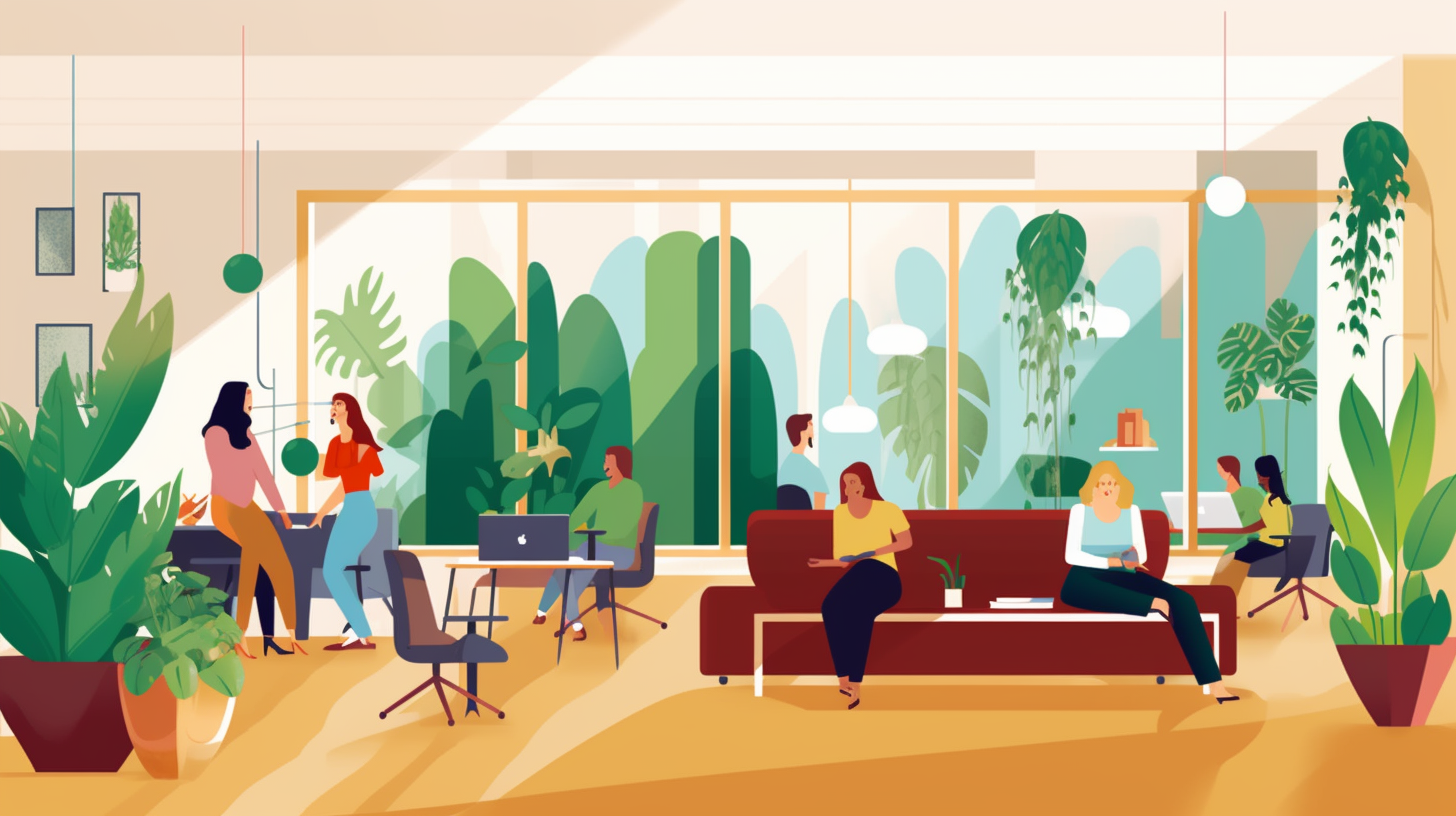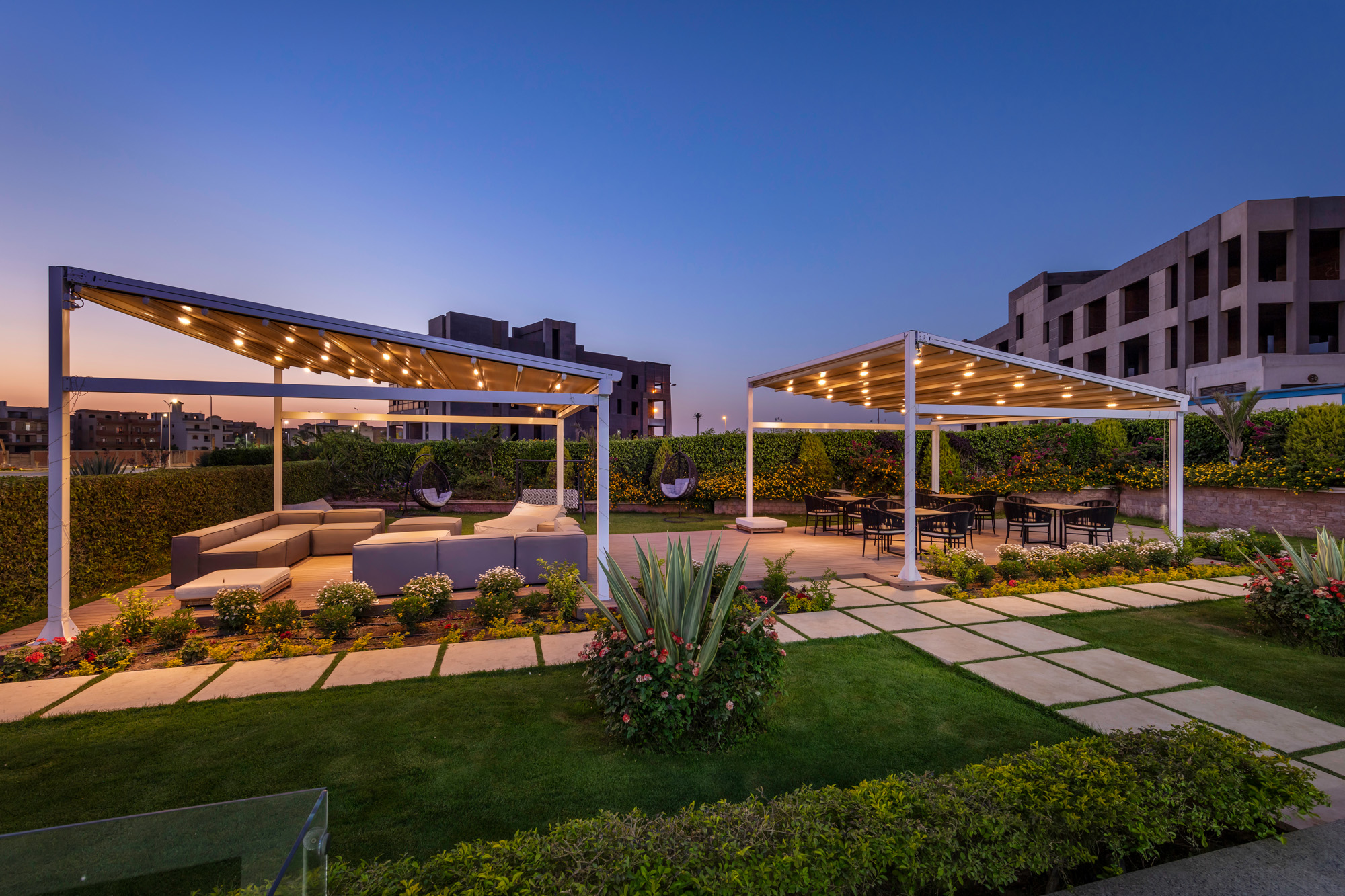
From Burned Out to Balanced: Designing Workplaces for Well-Being and Productivity
Feeling stressed, overwhelmed, and burned out seems to have become an all-too-common...

Are you making the most of your outdoor space at your workplace? Whether it’s a garden, terrace, or rooftop, these areas have the potential to do so much more than just provide a space for employees to take a break and get some fresh air.
Here are three major functions that outdoor spaces could enhance your work environment:
Access to the outdoors during the day can promote physical activity, which has many positive effects on one’s health. These include enhancing cardiovascular health and lowering the risk of chronic diseases, as highlighted in the “Global Recommendations on Physical Activity” report by the World Health Organization (2010).
Exposure to Nature can improve problem-solving skills, increase creativity, and enhance overall cognitive performance as suggested by the Attention Restoration Theory (ART). Harnessing such benefits could be highly useful, particularly for knowledge-based workers who spend most of their time in cities.
Connection to nature is among key wellness perks that employees would like to have at their workplace, as shown in Future Workplace Wellness Study by Future work Academy (2019). Furthermore, providing accessible outdoor spaces signals the organization values and prioritizes the health and wellbeing of its employees.
Therefore, an outdoor space — when designed purposefully — offers the opportunity to interact with Nature during a workday in an urban setting. So, how to create outdoor spaces that support the work environment ? First, it is imperative to consider the outdoor space – such as a courtyard, garden, or rooftop terrace – as an integral part of the work environment. Next, work with your workplace designer to activate the space in a functional and comfortable manner. The space should provide employees with various experiences, including a place to relax, take breaks, socialize with coworkers, or work outdoors. Furthermore, the space needs to provide shade from the sun and shielding from wind and street noise.
An example of an outdoor workspace is the functional garden at Incorta Workplace. We remodeled to enhance the employees’ connection with Nature. In the middle of the garden, we constructed a wooden platform with various seating configurations that allow for solo or collaborative tasks. Retractable pergolas cover the deck with lighting elements to ensure that employees can use it throughout the day. We added swinging chairs and beanbags with landscape elements in the corners to offer moments of prospect and attention restoration.

Therefore, if you’re looking to create a healthy and engaging work environment, you may consider utilizing our outdoor space in a way that gives your employees a better work experience.